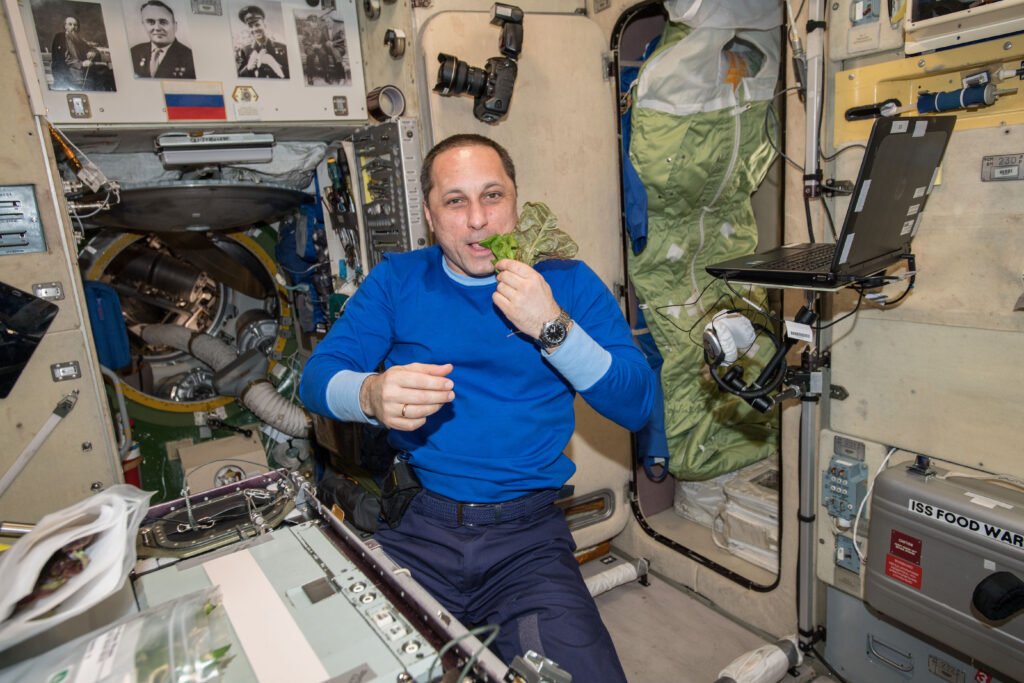Imagine biting into a crisp, green leaf of lettuce that’s traveled more miles than any vegetable on Earth—lettuce grown not in a field, but floating above our heads, in the emptiness of space. It sounds like something out of a sci-fi novel, but it’s real. Astronauts aboard the International Space Station (ISS) have successfully cultivated lettuce in orbit, a feat that’s far more than a quirky experiment. It’s a glimpse into humanity’s future, where survival on other planets may hinge on our ability to grow food far from home. Growing lettuce in space isn’t just about fresh salads for astronauts—it’s about learning how to thrive on Mars, the Moon, and beyond. Every leafy green carries secrets about resilience, adaptability, and the determination to make life flourish where it was never meant to exist. Let’s dig deep into how space-grown lettuce is teaching us the lessons we’ll need when the first boots crunch on Martian soil.
The First Seeds in Space: A Bold Experiment
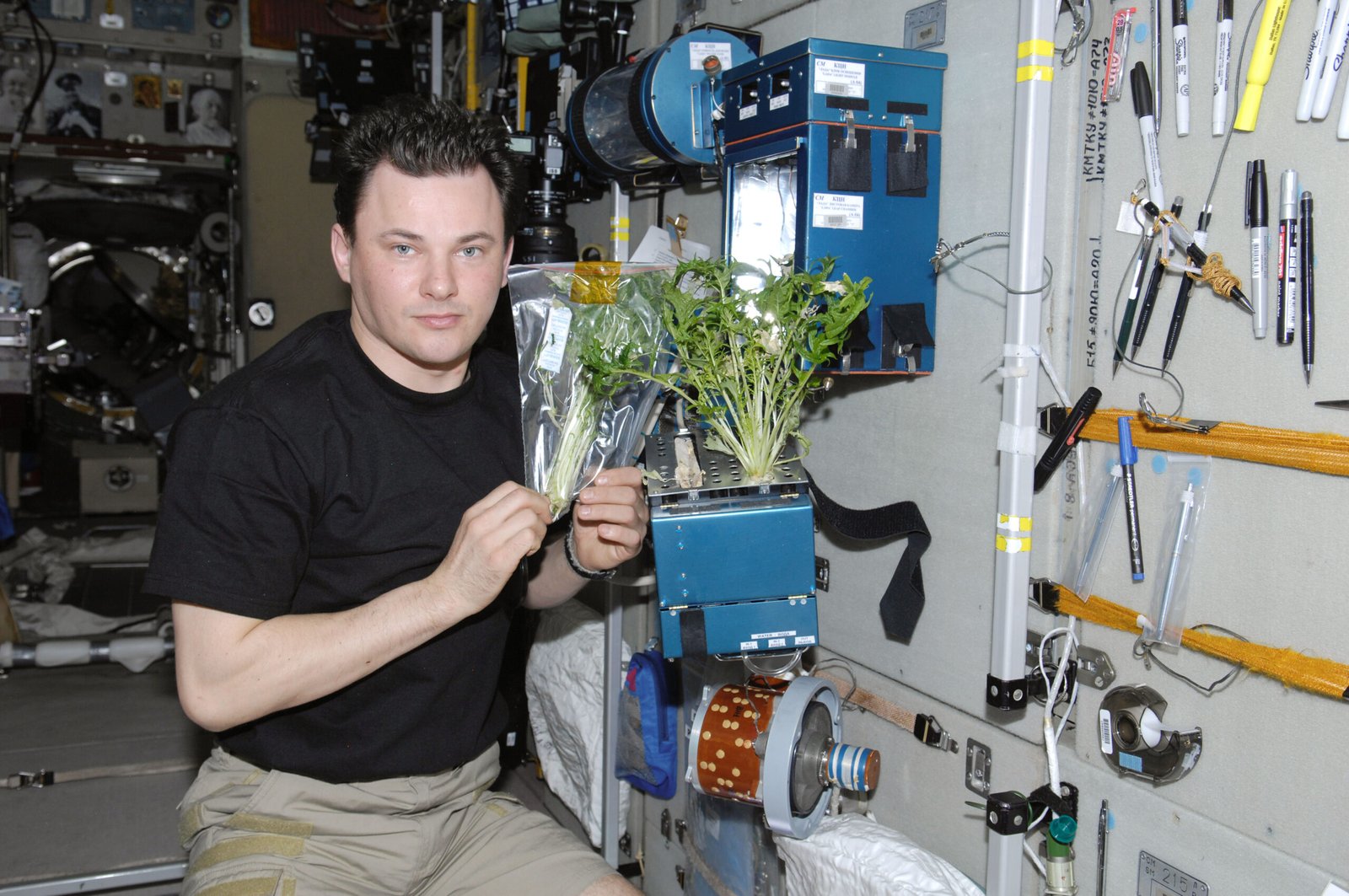
Sending seeds into space wasn’t just a whimsical idea—it was a bold experiment to answer a fundamental question: Can life as we know it survive in the most alien of environments? In 2015, astronauts aboard the ISS tasted their first homegrown lettuce, and it was a moment that felt as momentous as landing on the Moon. This wasn’t just about food; it was about proof that plants could adapt, grow, and nourish us, even in microgravity. The experiment demanded creativity and patience, as plants behaved differently than they did on Earth. Roots reached in odd directions, and leaves curled in response to unfamiliar forces. Still, those stubborn little seeds sprouted, offering hope that the dream of farming in space wasn’t so far-fetched after all.
The Challenges of Microgravity: Plants Without Up or Down

On Earth, gravity quietly tells roots to dig down and stems to stretch up. In orbit, those cues vanish, leaving plants to puzzle out which way to grow. Lettuce seeds germinated in space often have roots that twist and float, searching for a sense of direction. Scientists had to design special growth chambers with LED lights and hydroponic systems to mimic some of the cues plants rely on. The resulting lettuce looked a bit wild, but it was hearty and edible. These experiments revealed just how adaptable life can be when familiar rules are thrown out the window, and how much we still have to learn about the basic biology we take for granted.
Why Lettuce? The Surprising Science Behind the Salad
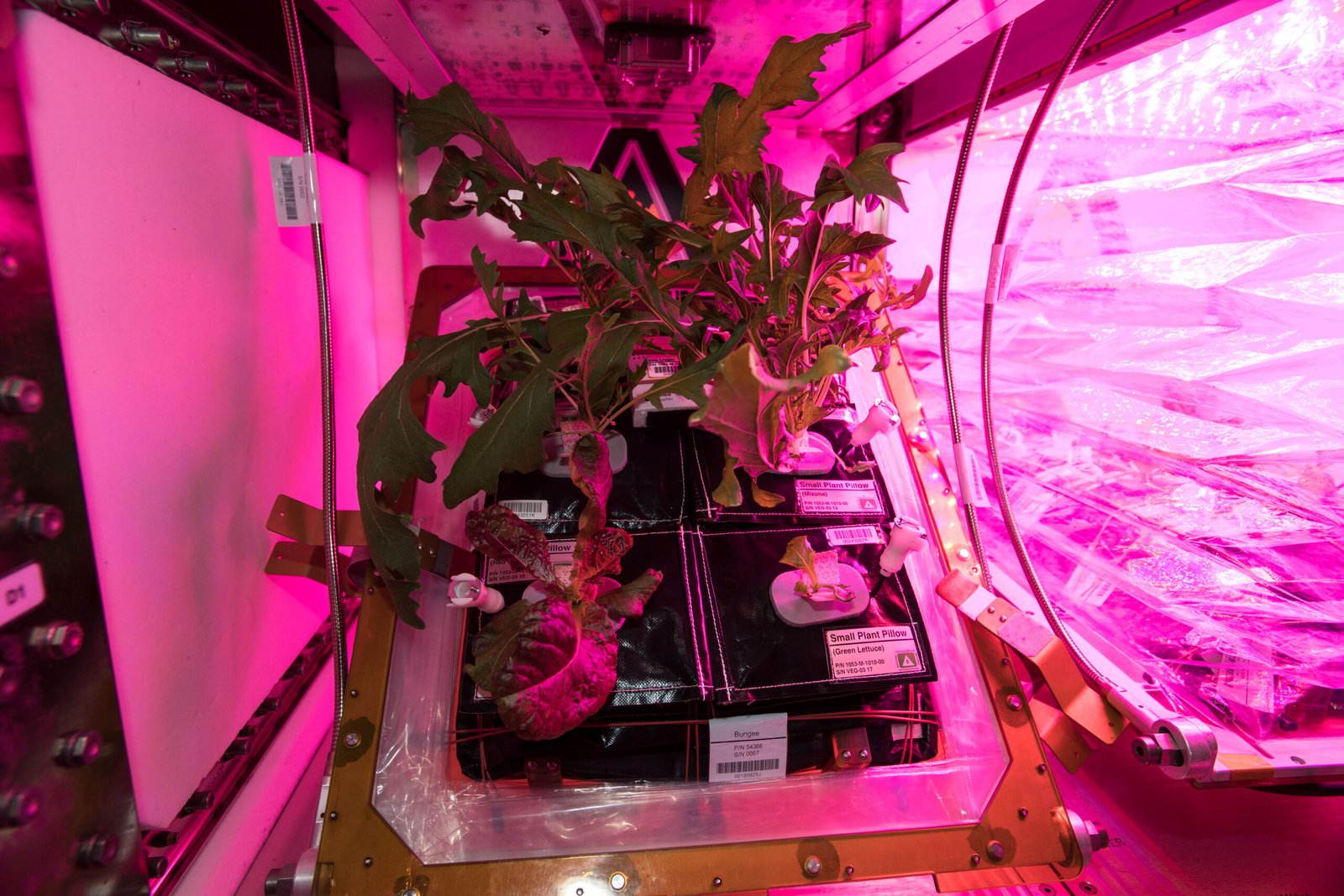
You might wonder—why lettuce? Why not tomatoes or carrots? Lettuce is actually a perfect pioneer for space farming. It grows quickly, requires little space, and tolerates the oddities of microgravity better than many other crops. It’s also packed with water and essential nutrients, making it a small but mighty source of refreshment for astronauts. Lettuce’s short life cycle means researchers can quickly see results and tweak experiments. Plus, its simple structure makes it easy to monitor for changes in texture, color, and taste—important clues for understanding how space changes our food.
Lighting the Way: The Role of LEDs in Astro-Agriculture
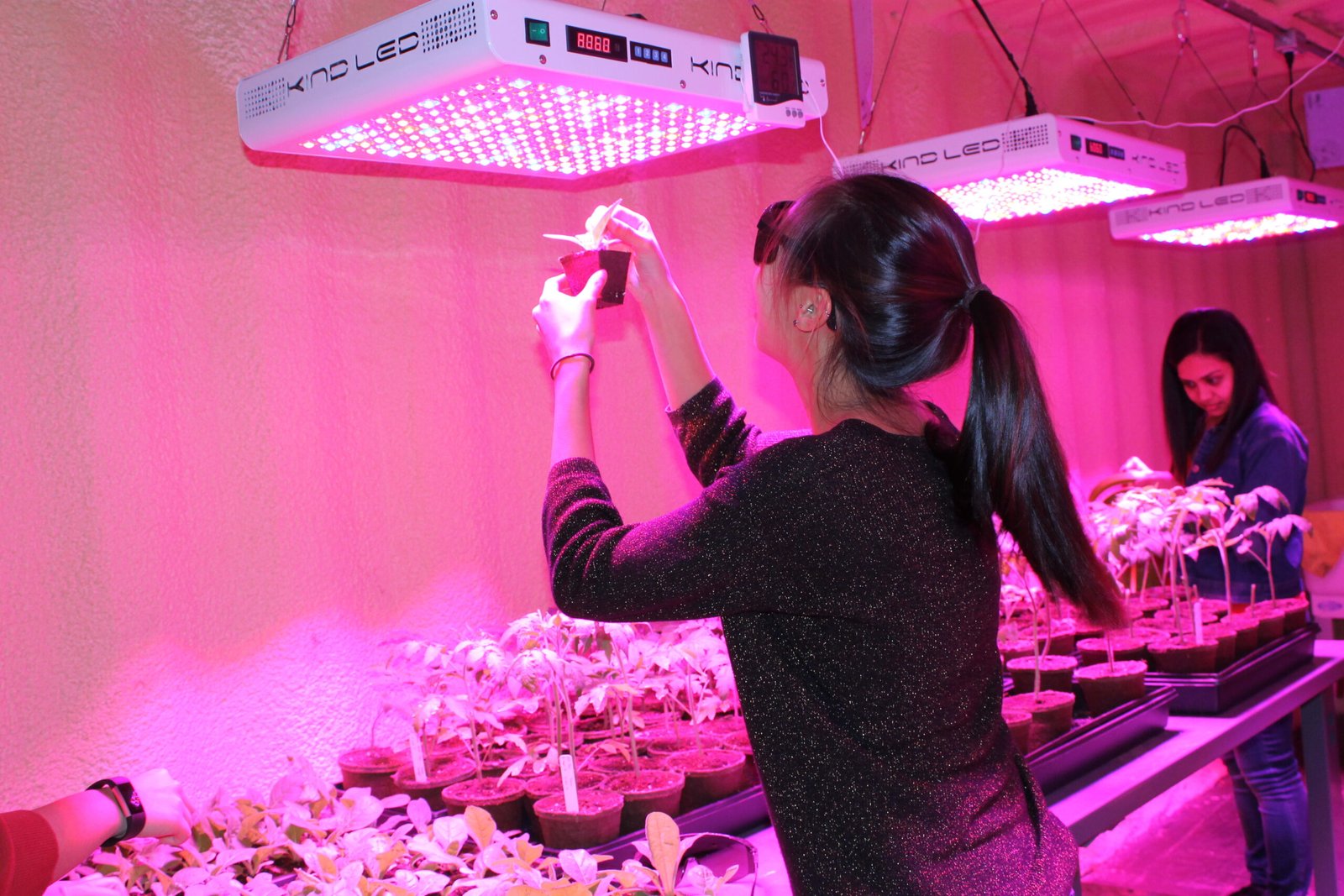
Sunlight doesn’t stream through spaceship windows the way it does on a farm. Instead, astronauts use arrays of glowing LEDs to mimic the wavelengths plants need. Different colors—red, blue, and green—are tested to see which combinations coax the best growth from lettuce leaves. On the ISS, scientists have learned that tuning the light spectrum can increase vitamin content and even alter the flavor of the crop. Learning how to “paint” plants with light is teaching us how to maximize yields with minimal resources—an essential skill for Mars, where every watt of power will be precious.
Watering in Zero-G: The Art of Fluid Dynamics
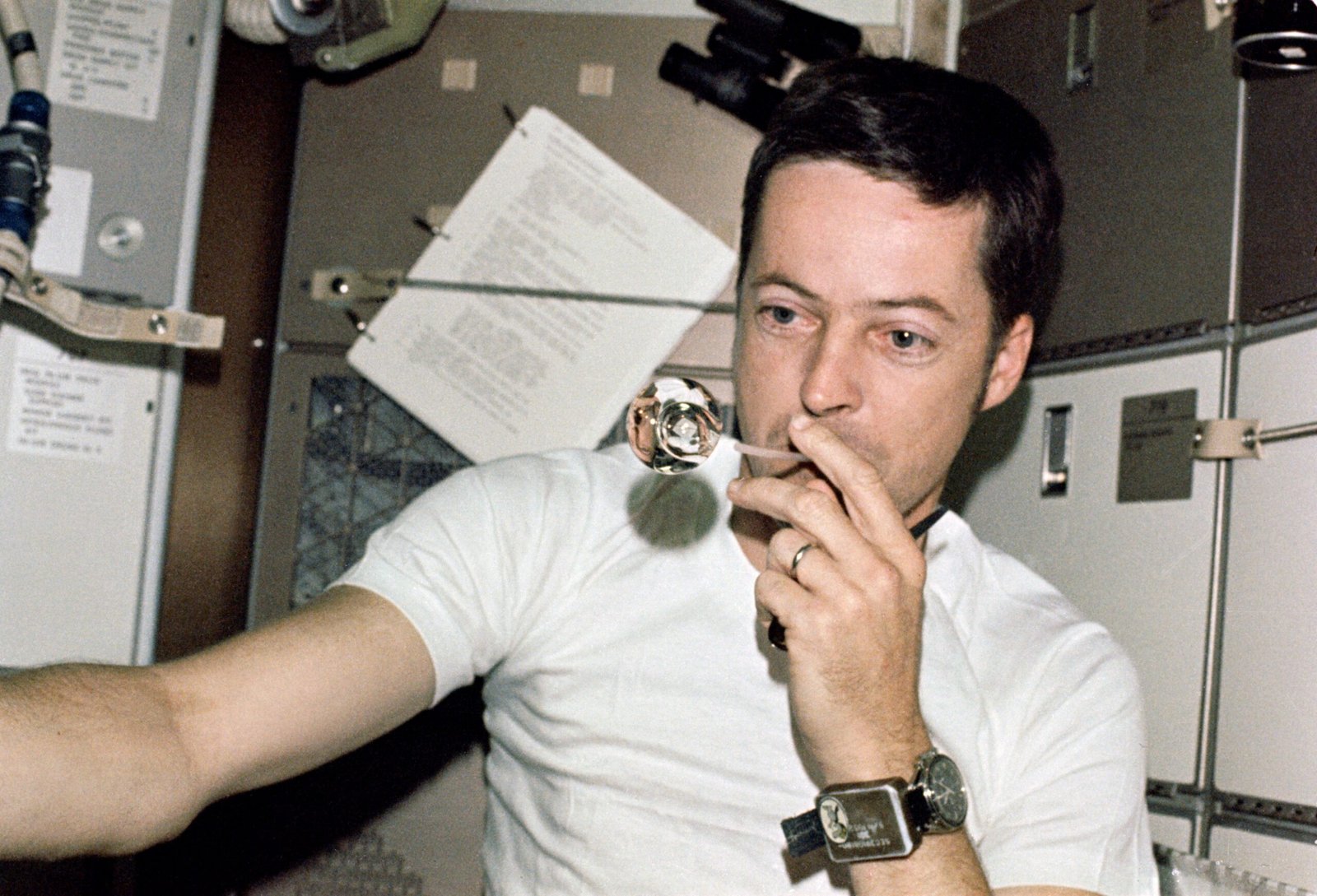
Water behaves like a mischievous sprite in space, clinging to surfaces and forming floating blobs. This makes irrigating plants a tricky business. Engineers designed clever hydroponic systems that deliver water and nutrients directly to the roots, preventing mold and disease. By studying how lettuce absorbs and uses water in zero-gravity, we’re developing ways to recycle and conserve every drop—critical knowledge for future Martian habitats, where water will be more valuable than gold.
Nutrition in Orbit: Keeping Astronauts Healthy

Space travel does strange things to the human body—bones weaken, muscles waste, and immune systems falter. Fresh lettuce isn’t just a morale booster; it’s a vital source of vitamins and antioxidants that help counteract these effects. When astronauts ate their first space-grown salads, they weren’t just celebrating a milestone—they were improving their health. The nutritional insights gained from space farming are helping us design diets that will keep future Mars explorers strong, sharp, and ready for anything.
Psychological Perks: The Power of Growing Something Green
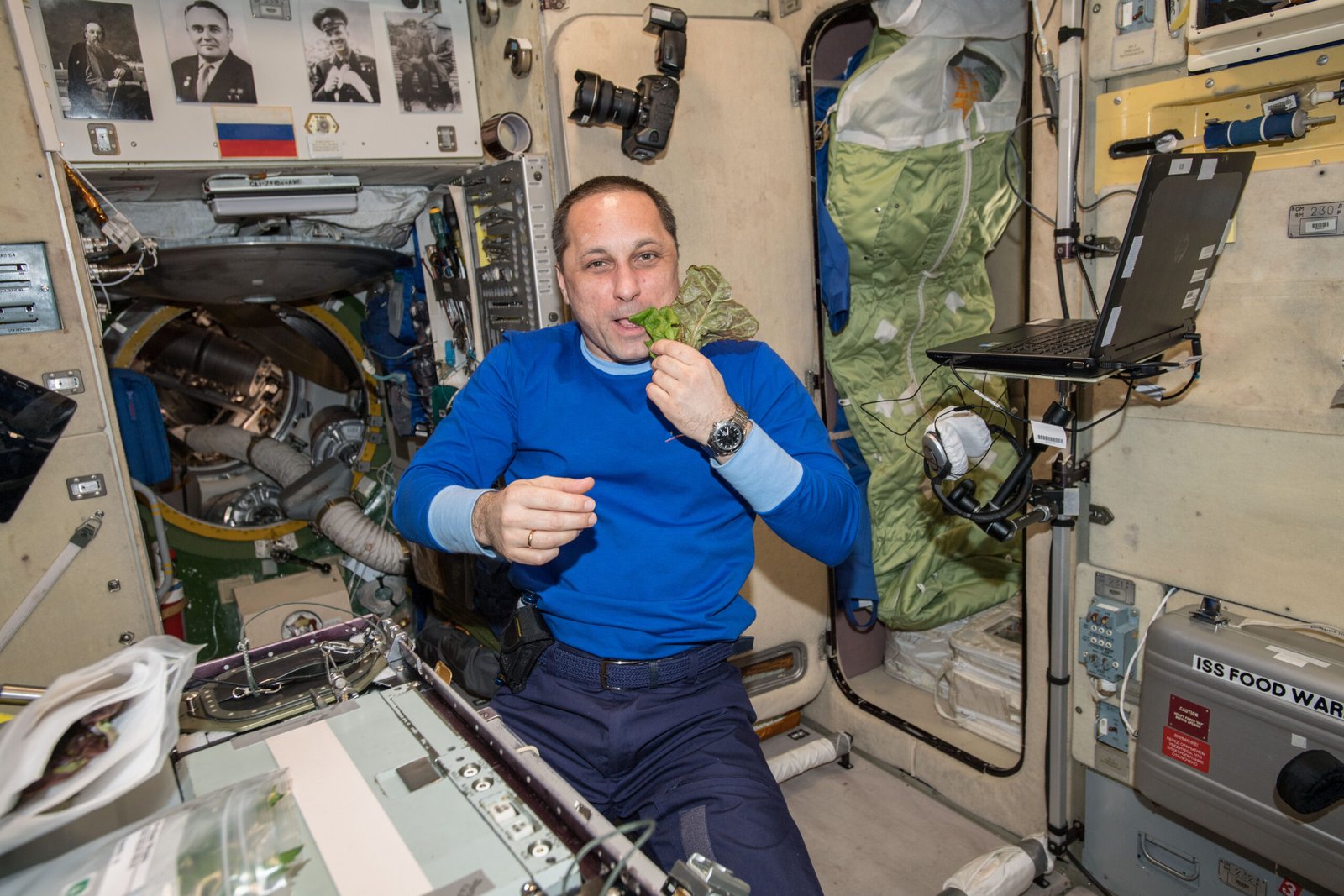
Isolation, confinement, and endless routines can gnaw at even the toughest astronauts. Tending to a living, growing plant breaks the monotony and brings a touch of home to the most sterile environments. Studies found that astronauts who cared for their lettuce crops reported higher morale and a greater sense of connection to Earth. The simple act of nurturing life—watching seeds sprout, watering leaves, harvesting food—reminds us of our roots, even when we’re millions of miles from home.
Microbes and Food Safety: Clean Greens in a Closed System
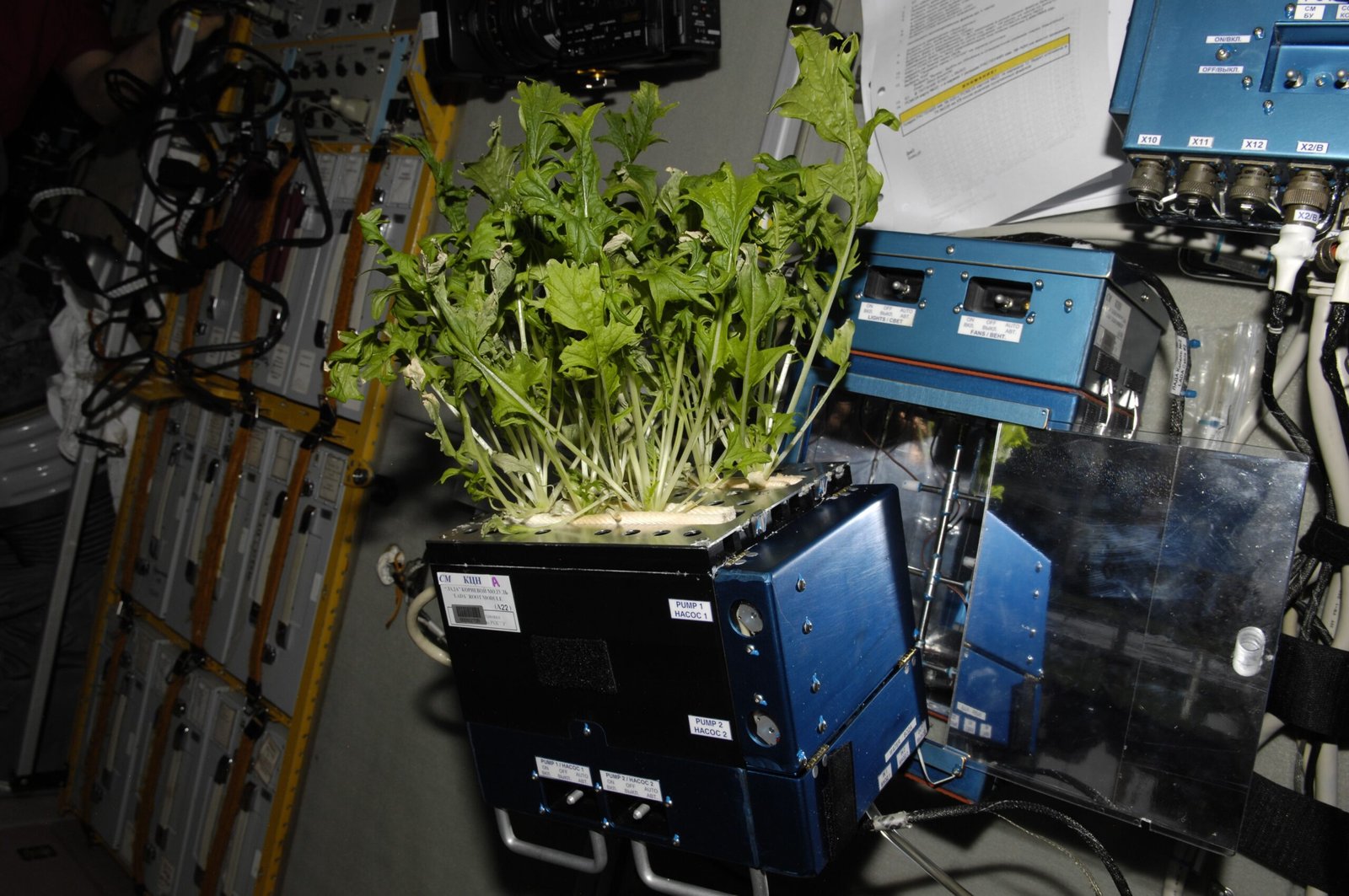
Growing food in space isn’t just about making plants thrive—it’s about keeping harmful microbes at bay. The ISS is a closed ecosystem, where bacteria and fungi can multiply rapidly. Scientists closely monitored the lettuce for signs of contamination, and every bite was tested for pathogens. These lessons in space food safety are preparing us for the realities of Martian greenhouses, where a single outbreak could threaten the whole crew. Space farming is teaching us how to keep our crops clean, healthy, and safe to eat.
Adapting to Cosmic Radiation: Lettuce Under Fire
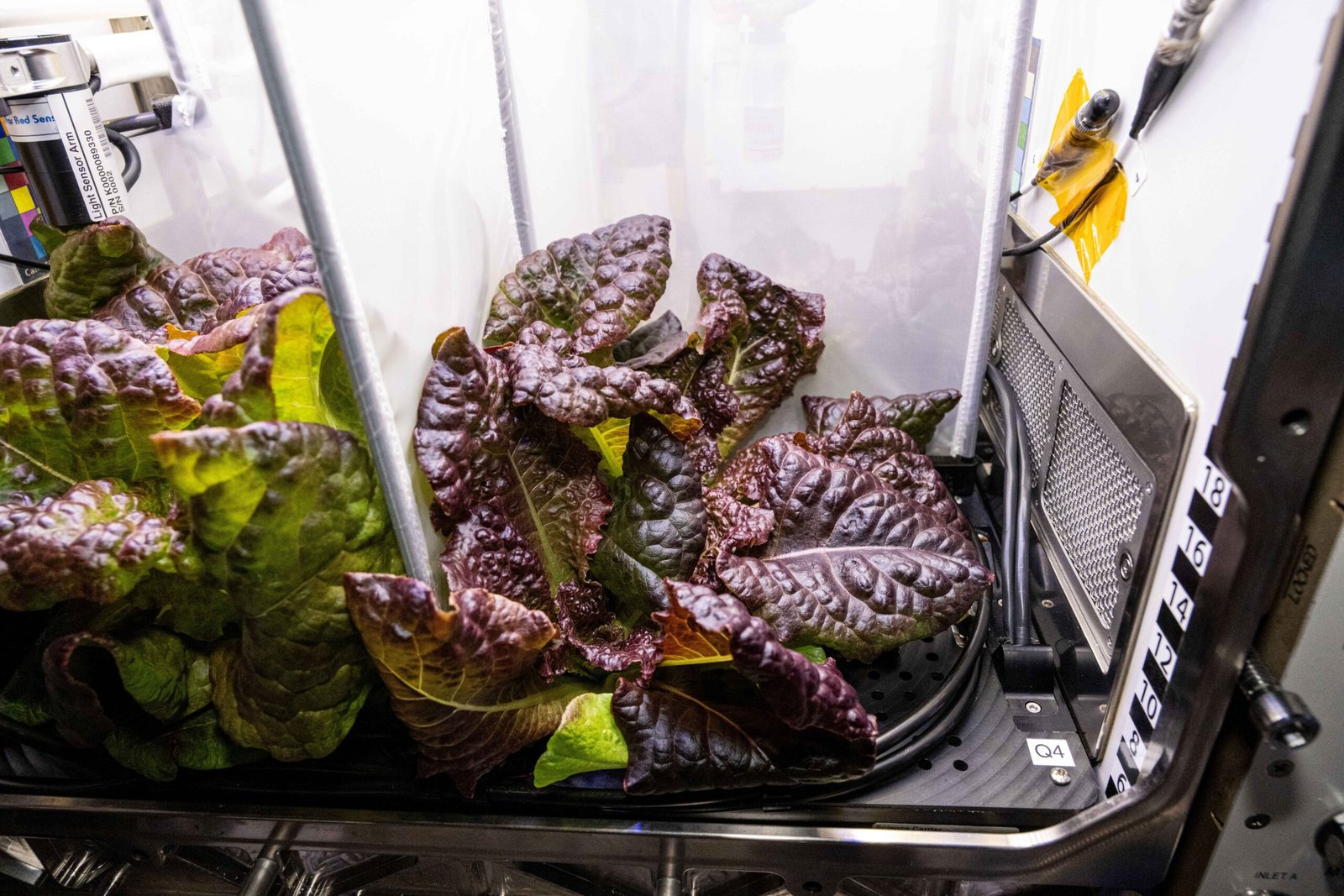
Beyond Earth’s protective atmosphere, radiation from the sun and cosmic rays bombards everything, including plants. Lettuce grown on the ISS is exposed to higher levels of radiation, offering scientists a chance to study how plants repair DNA and defend themselves. By analyzing space-grown lettuce, researchers hope to breed crops that are more resistant to radiation—an absolute necessity for Mars, where the sun’s rays are relentless. The tough little leaves of space lettuce may hold the key to developing super-resilient food for future colonists.
The Closed Loop: Recycling Air and Water with Plants
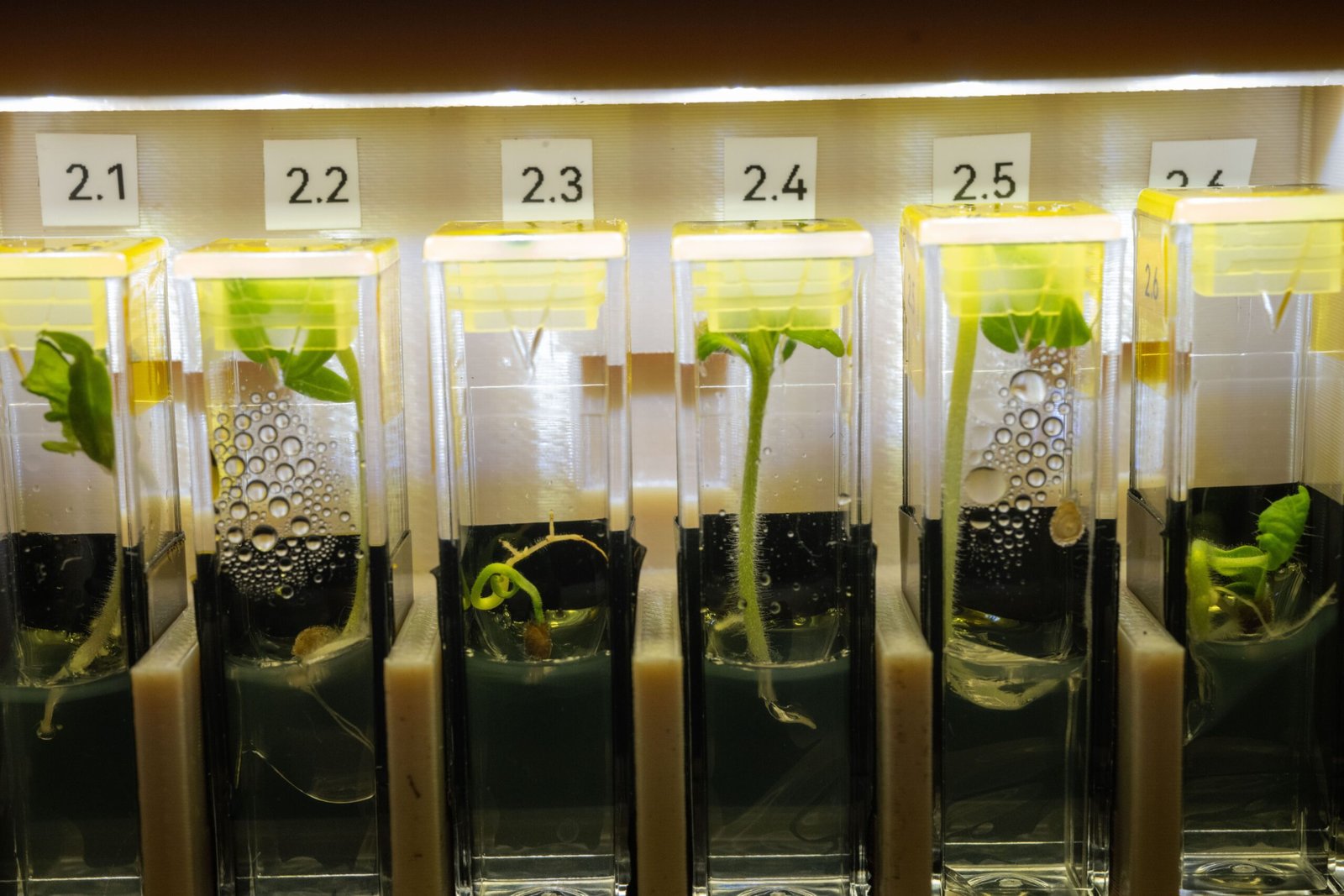
Plants are natural recyclers—they absorb carbon dioxide and release oxygen, turning waste into fresh air. On the ISS, lettuce helped demonstrate how crops can be part of a closed life support system, purifying air and recycling water. These systems are being refined for Mars missions, where resupply from Earth won’t be an option. Every lettuce plant is a tiny oxygen factory and water recycler, making life on another planet a little more possible, one leaf at a time.
Learning from Failure: What Didn’t Work, and Why It Matters
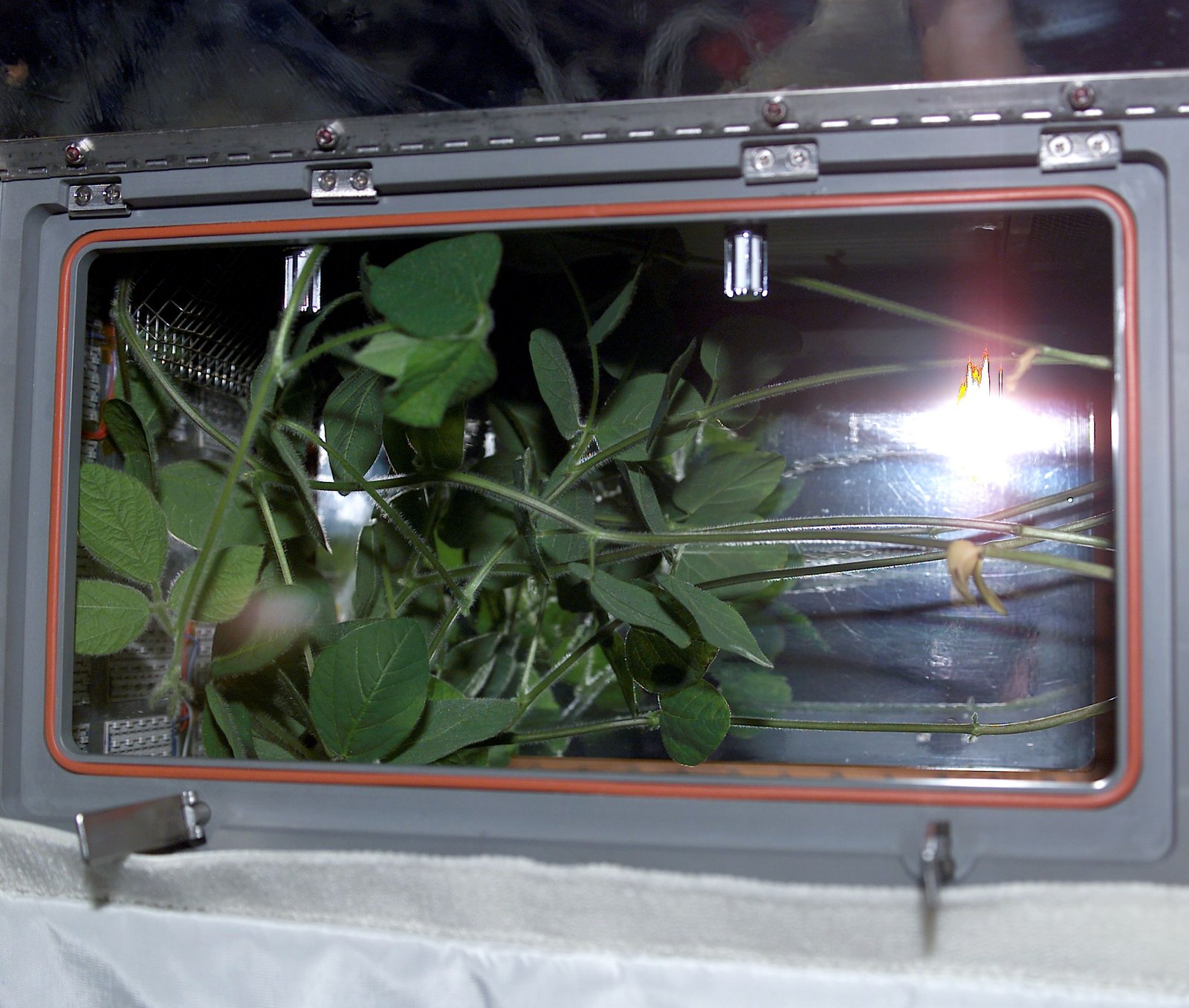
Not every lettuce crop flourished in space. Some withered, others grew mold, and a few stubbornly refused to sprout. Each failed attempt was a goldmine of information. Astronauts and scientists learned which varieties handled stress best, how to tweak water and nutrient delivery, and what to watch out for in future plantings. These setbacks are as important as the successes, teaching us how to adapt, persevere, and innovate under pressure—a mindset that will be crucial on Mars.
Martian Greenhouses: Building the First Farms on the Red Planet
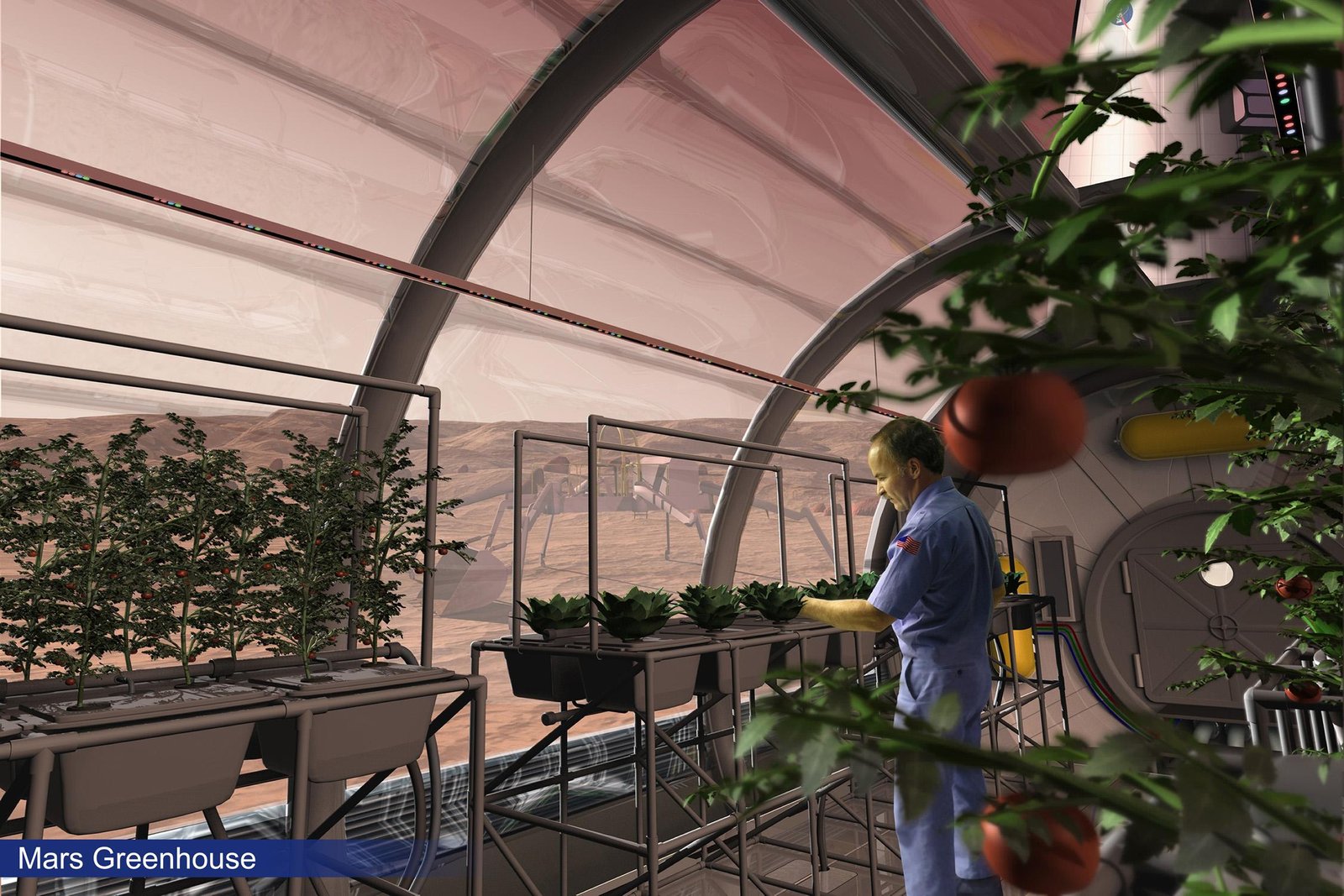
Designing a greenhouse for Mars is like building a life raft in the desert—everything must be carefully balanced and protected. The lessons from growing lettuce in space are directly informing the design of inflatable habitats, hydroponic systems, and automated care routines for Martian farms. Engineers are already testing materials that block radiation, systems that recycle every molecule of water, and robots that can tend crops when humans are busy exploring. The humble space lettuce is helping us sketch the blueprints for a self-sustaining future on Mars.
Genetic Adaptation: Breeding Lettuce for Life Beyond Earth
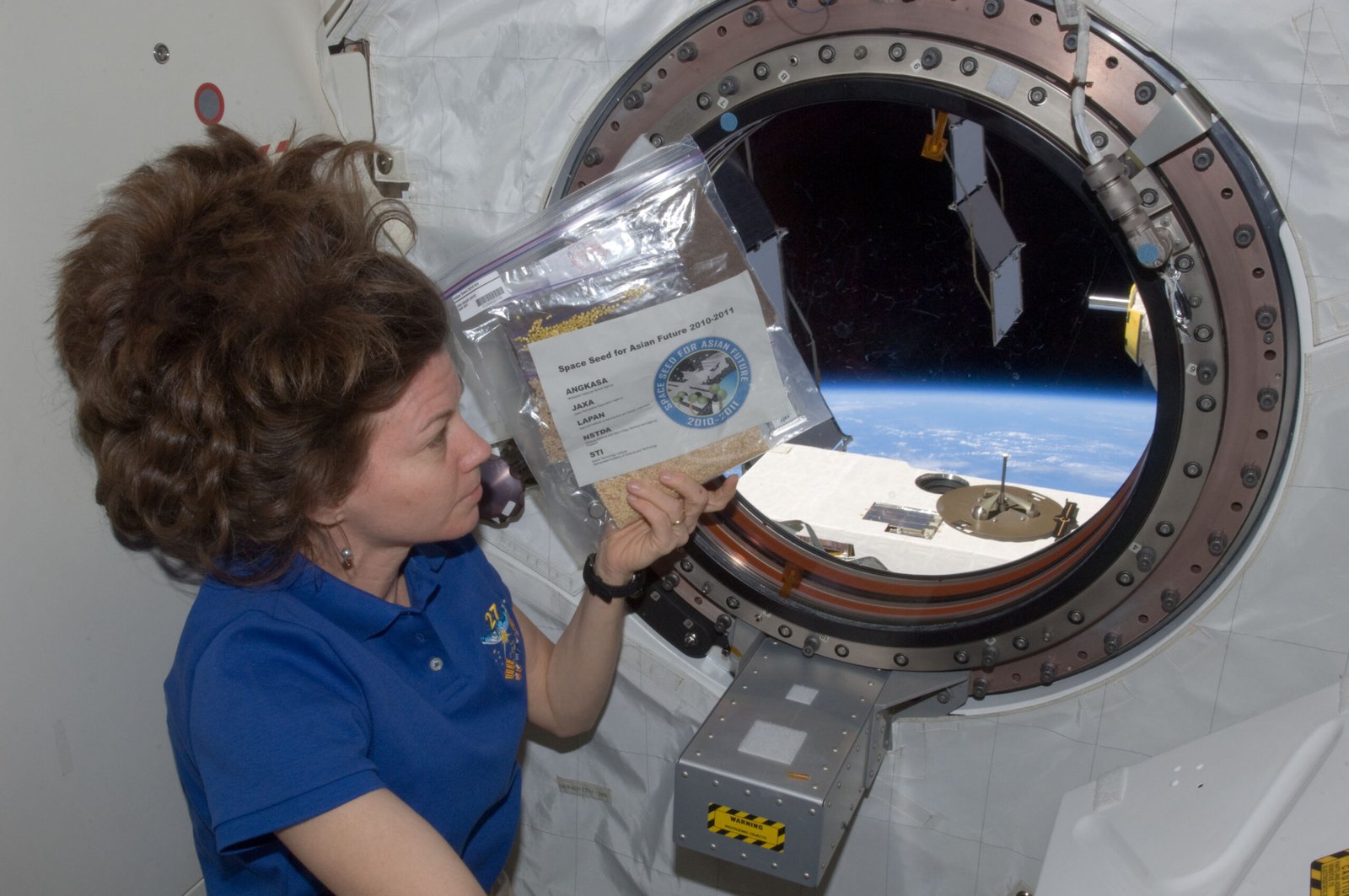
Space isn’t gentle, but life is resourceful. Scientists are studying how lettuce grown in space changes at the genetic level, searching for traits that help plants thrive in harsh environments. Some varieties develop thicker leaves, deeper roots, or more robust immune systems. By selecting and breeding these toughened plants, we may one day create “astro-crops” uniquely suited for Mars. The process is like natural selection on fast-forward, accelerated by the challenges of space.
Resource Efficiency: Maximizing Every Inch and Drop
On Mars, there won’t be acres of farmland or endless supplies of fertilizer. Space farming experiments have forced researchers to get creative, using vertical gardens, nutrient films, and compact systems to grow more food in less space. Every gram of soil, every drop of water, and every watt of light is measured and optimized. These innovations don’t just benefit astronauts—they’re also inspiring new ways to grow food sustainably on Earth, especially in cities and deserts.
Teamwork Across Continents—and Planets
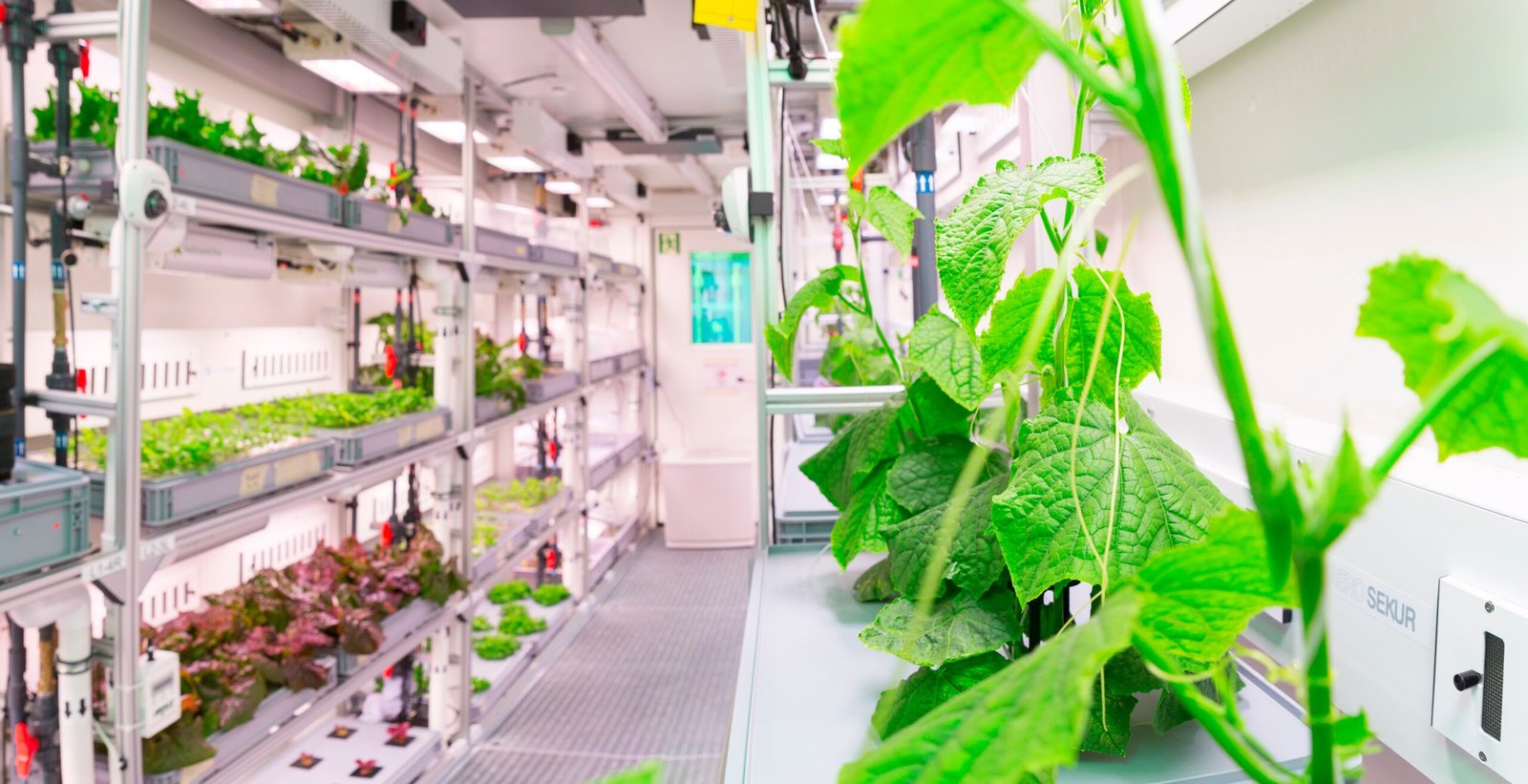
Growing lettuce in space is a global effort. Scientists, engineers, and astronauts from around the world collaborate closely, sharing data and ideas. This spirit of teamwork is a dress rehearsal for the international missions that will take us to Mars. No single nation can solve the puzzle of space farming alone. The bonds formed over shared gardens in orbit are planting the seeds for future partnerships that will carry humanity farther than ever before.
Harvesting Hope: The Emotional Impact of Space-Grown Food
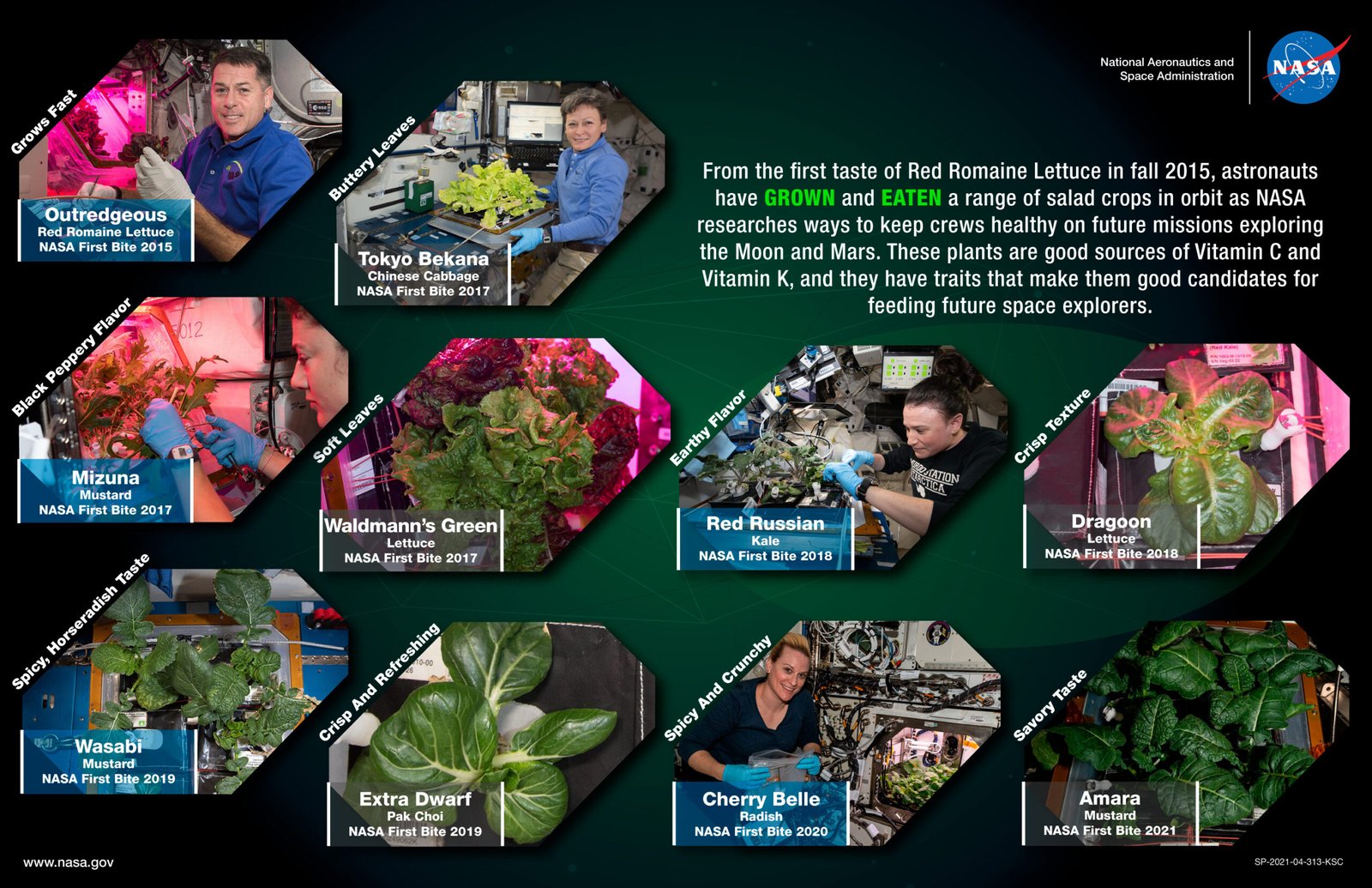
When astronauts took their first bite of space lettuce, it was more than just a meal—it was a taste of hope. The experience was emotional, reminding them of picnics back home and the resilience of life itself. The simple act of eating something you’ve grown, in a place where nothing should grow, is a powerful reminder that humans can adapt, endure, and even flourish in the harshest places. These moments of connection and celebration are vital for long-duration missions, helping crews stay motivated and united.
Earth Benefits: Bringing Space Farming Home
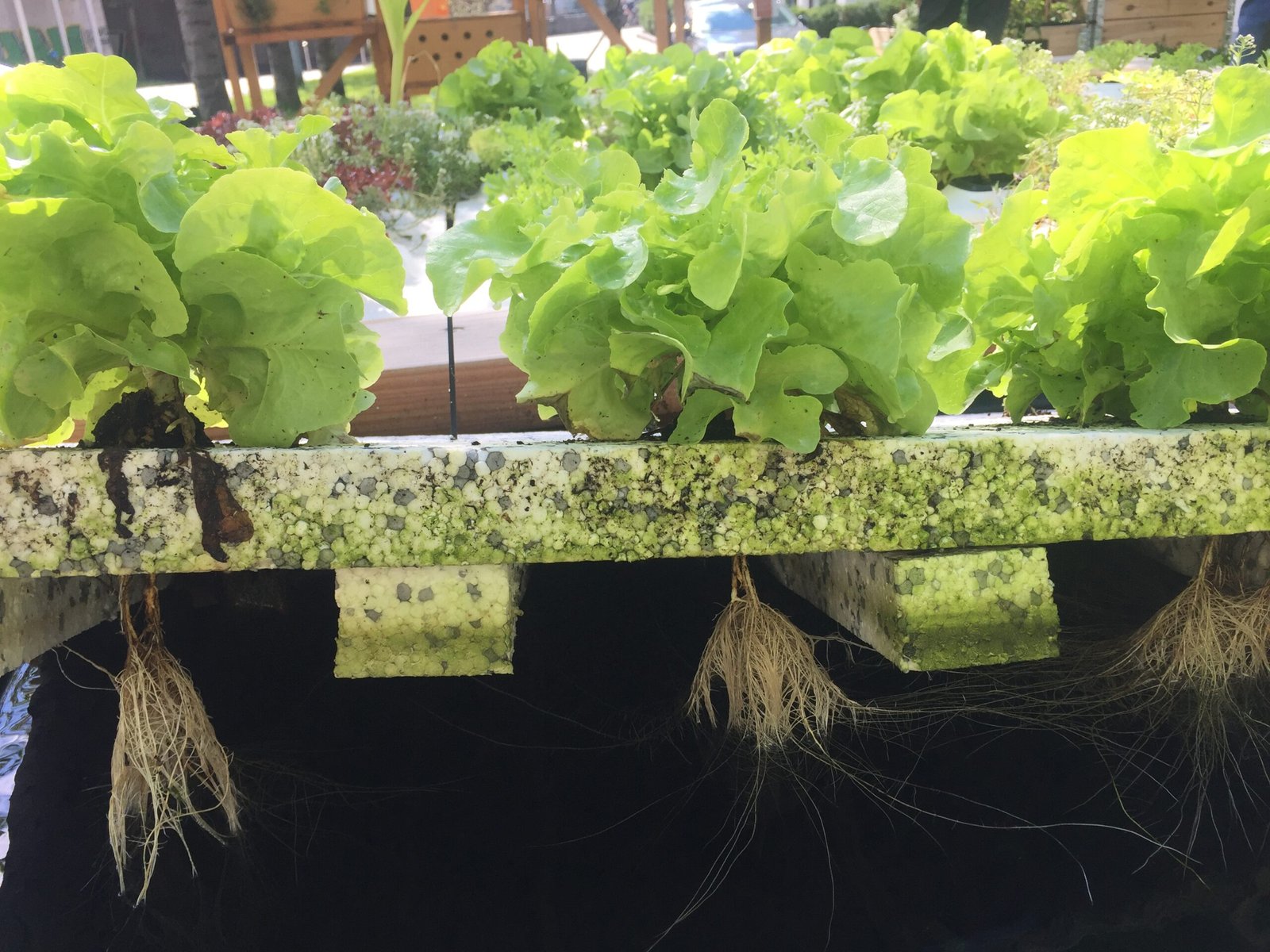
The breakthroughs from space lettuce experiments aren’t just for astronauts. The technology developed for space farming is being adapted for urban agriculture, disaster relief, and food production in challenging climates on Earth. Hydroponic systems, smart lighting, and resource-efficient farming methods are already helping communities grow fresh food in apartments, rooftops, and deserts. In a way, every head of lettuce grown in orbit is also planting a seed of change back home.
Preparing the Next Generation: Inspiring Curiosity and Innovation

The story of growing lettuce in space is capturing the imagination of students, teachers, and dreamers around the world. Schools are running their own plant experiments, inspired by the work on the ISS. Young scientists are asking new questions, designing better systems, and dreaming of the first gardens on Mars. The journey from seed to salad in space is more than a scientific challenge—it’s a spark that’s lighting the way for the next generation of explorers and innovators.
The Long Road Ahead: From Lettuce to Life on Mars

Growing lettuce in orbit is just the beginning. Mars will demand more—wheat, potatoes, beans, and even fruit trees. Each new crop brings fresh challenges and discoveries. The lessons learned from lettuce are paving the way, teaching us how to manage resources, build resilient systems, and nurture life where none existed before. Every experiment is a small step toward a world where humans can settle, thrive, and one day call Mars home.
What Space Lettuce Really Means for Our Future

At its heart, the story of space-grown lettuce is a testament to human curiosity and determination. It shows that even in the most barren, unforgiving environments, we can coax life to grow and provide for us. As we prepare for the giant leap to Mars, each experiment—each leaf—reminds us that survival isn’t just about technology, but about our willingness to try, to fail, and to try again. The future of space exploration may depend on something as humble as a salad, grown with care and imagination. What other wonders might we discover when we dare to plant new seeds, both on distant planets and within ourselves?

